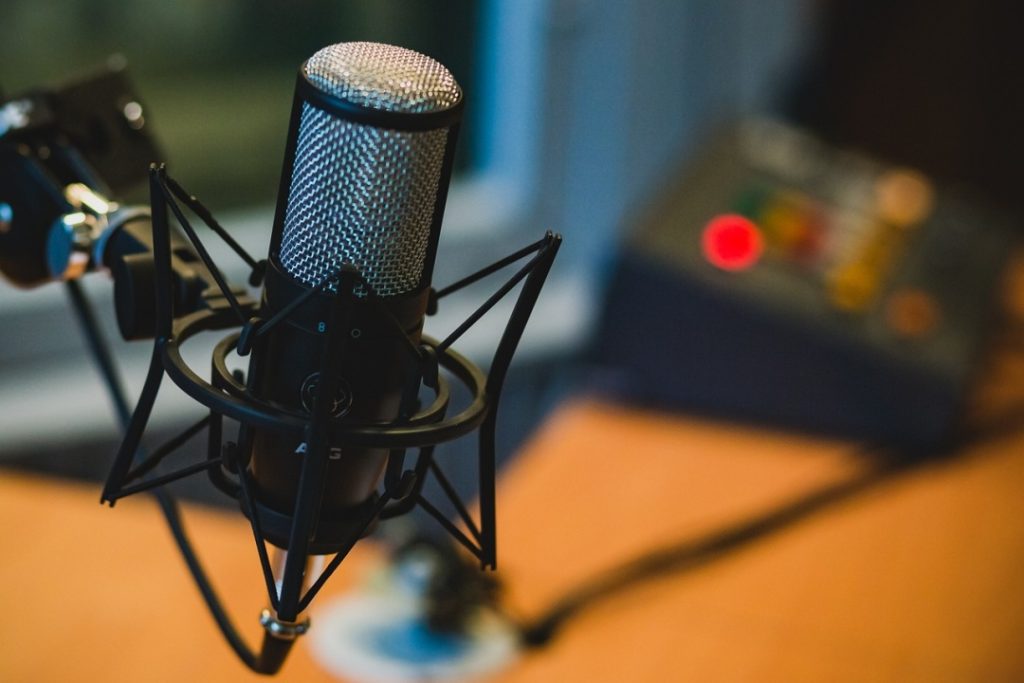Image by StockSnap from Pixabay
Once thought to be a relic of a bygone era, audio dramas have made an unexpected and exciting comeback in recent years. Long before the age of television and streaming services, families would gather around radios to immerse themselves in thrilling serials, mysteries, and science fiction stories delivered entirely through sound. That golden age of radio storytelling slowly faded, but the appetite for narrative told purely through voice never truly disappeared. Now, with modern technology and the rise of podcasts, audio dramas are enjoying a fresh wave of popularity, captivating new audiences and pushing the boundaries of the medium.
This resurgence has been driven by several factors. Firstly, podcasts have become a dominant form of media consumption, allowing creators to reach audiences globally without the need for traditional broadcasting infrastructure. With smartphones, wireless headphones, and smart speakers becoming household staples, listeners can dive into compelling stories during commutes, workouts, or quiet evenings at home. Audio dramas harness this trend by offering richly layered storytelling that engages the imagination, much like reading a book but with the added benefit of sound design, music, and acting performances.
Digital innovation has also allowed creators to experiment with storytelling in ways that wouldn’t have been possible before. Just as new casinos 2025 has to offer are reviving the online gambling space with better flexibility, support for cryptocurrency payments, faster withdrawals, and sleek, user-friendly platforms, so too are audio drama producers finding inventive ways to hook listeners. These new casinos are reimagining the experience with mobile-first design, customisable settings, and immersive features that feel more like entertainment hubs than traditional gaming sites. Similarly, podcast creators are embracing tools like surround sound effects, non-linear narratives, and interactive episodes to push boundaries. The episodic nature of many dramas mirrors the suspense and engagement of progressing through levels or features in modern online casinos, making the experience all the more addictive and dynamic.
In the world of podcasts, genres are as varied as in television or film. From noir thrillers and horror tales to speculative science fiction and contemporary dramas, the range is immense. What makes audio dramas particularly compelling is the reliance on sound to create atmosphere. A creaking floorboard, a distant siren, or whispered dialogue can generate immense tension without ever showing a single image. This opens up endless creative possibilities, especially for independent creators without access to big budgets or visual effects.
There’s also something deeply personal about audio storytelling. Listeners often consume content through headphones, making the experience more intimate than watching something on a screen. The voices of characters feel like they’re speaking directly to you, and that one-on-one engagement strengthens the emotional pull of the narrative. Unlike film or TV, which demands your full visual attention, audio dramas allow you to engage with the story while still living your life—whether you’re walking the dog, cooking dinner, or lying in bed.
Audio dramas have become a home for diverse voices and experimental storytelling. The lower production barrier means that voices often underrepresented in traditional media—marginalised communities, indie writers, or newcomers—can carve out a space and find loyal audiences. Stories that may not have found a home on mainstream television or film can flourish in audio form. This has contributed to a more inclusive storytelling landscape, where representation and innovation go hand in hand.
Another strength of audio dramas is how they reignite the listener’s imagination. Without visuals, audiences are free to picture characters, settings, and events in their own minds, making the experience uniquely personal. This act of co-creation—where the listener fills in the blanks with their imagination—brings a richness that even the most polished visuals sometimes fail to achieve. It’s this deeply human element that has led many to see audio storytelling not as a lesser medium, but as a distinct and powerful form of art.
With the surge of audio platforms like Spotify, Audible, and Apple Podcasts investing heavily in exclusive content, audio dramas are now backed by more robust production teams and marketing support. While indie shows still thrive, big studios are increasingly seeing the value in high-quality scripted audio. Some dramas have even been adapted for television and film after finding success in podcast form, showing just how influential these audio-first stories have become in broader entertainment circles.
Marketing for audio dramas has also grown more sophisticated, with creators using social media, trailers, merchandise, and live events to build communities around their stories. Listeners often form fanbases similar to those around TV series, participating in fan art, theories, and discussion groups. The interaction between creators and audiences adds a dynamic layer, turning passive listening into an active, communal experience.
Looking ahead, it’s clear that audio dramas are more than a fleeting trend. Their ability to adapt, innovate, and connect with audiences on a deep, personal level ensures their place in modern media. As listeners continue to seek stories that resonate, engage, and travel with them wherever they go, the art of storytelling through sound is not just being revived—it’s being reinvented for a new generation.
Emily Henry writes for UKWritings Reviews and Write My Research Paper. She writes articles on many subjects including writing great resumes. Emily is also an editor at State Of Writing.





![‘Frankenstein’ Review – Guillermo del Toro’s Definitive Look At The Nature And Nurture Of Monstrosity [TIFF 2025] ‘Frankenstein’ Review – Guillermo del Toro’s Definitive Look At The Nature And Nurture Of Monstrosity [TIFF 2025]](https://cdn.geekvibesnation.com/wp-media-folder-geek-vibes-nation/wp-content/uploads/2025/10/Frankenstein-175_PF_20240430_20377_R-300x200.jpg)
![‘Wake Up Dead Man: A Knives Out Mystery’ Review – In Rian Johnson We Trust [LFF 2025] ‘Wake Up Dead Man: A Knives Out Mystery’ Review – In Rian Johnson We Trust [LFF 2025]](https://cdn.geekvibesnation.com/wp-media-folder-geek-vibes-nation/wp-content/uploads/2025/10/Wake-Up-Dead-Man-A-Knives-Out-Mystery-300x169.jpg)